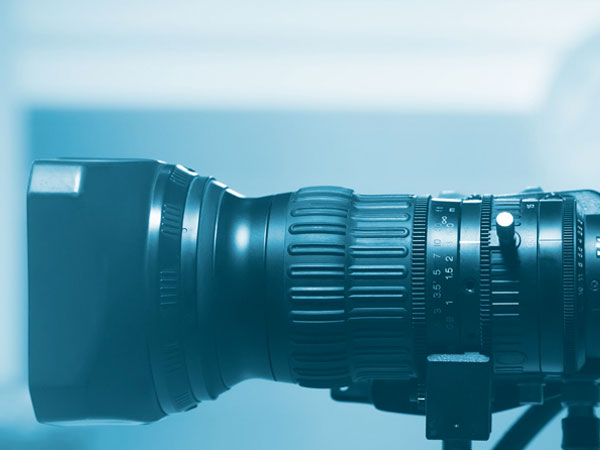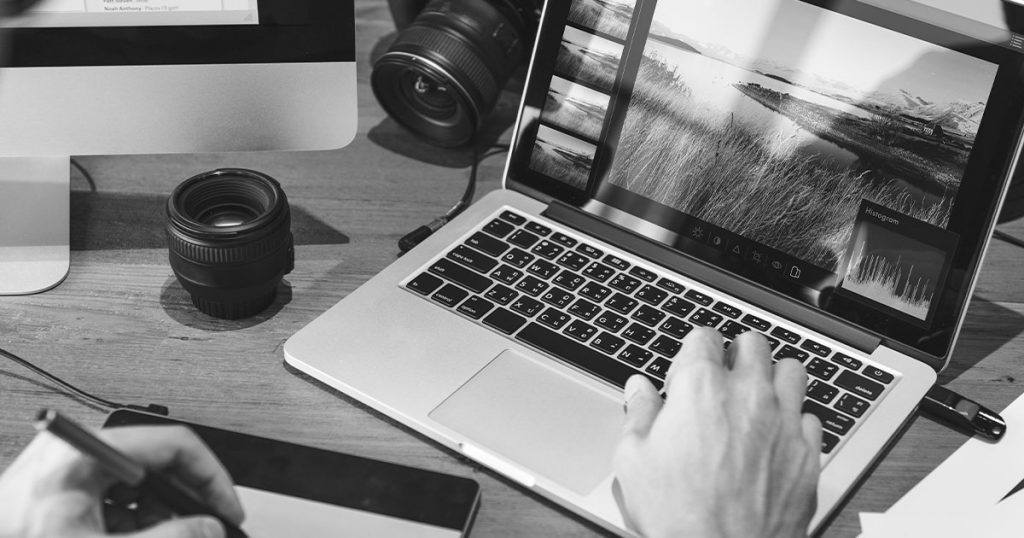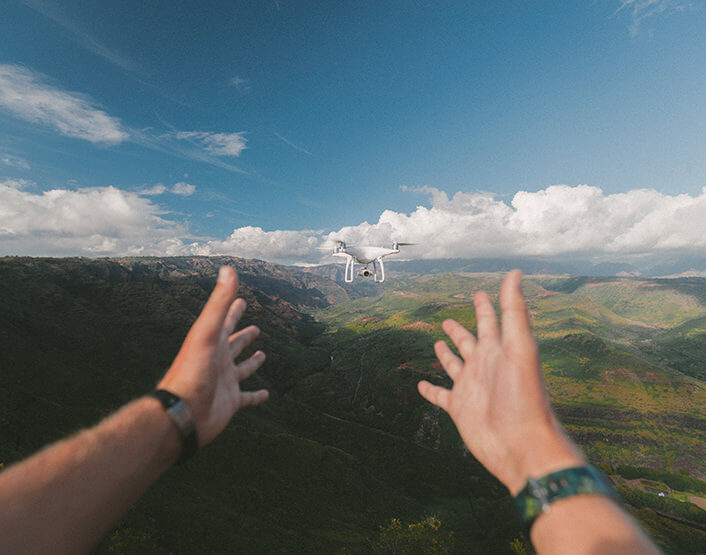If you are running a business, you have to think seriously about setting up an in-house Lakeland video production studio because this will help boost your business’ brand and profitability. It might seem a daunting and expensive task since creating an in-house studio would require a suitable space and equipment. However, the returns of this investment are enormous and the promises are almost always a sure thing.
Set up a small space
You don’t actually need a big space. All you need is a small clean space where you can set up the backgrounds, the editing equipment, the cameras, the tripods, and the lights. This space should be accessible to everyone, so it’s important that you leave the keys in the office and let everyone know that they can access the studio anytime they want.
Create some backdrops
Sure, you can have a blank backdrop for your videos and you can just photoshop or edit another background, but that doesn’t look too real. Creating backdrops is quite simple. You can just put up a blank wall and have different colored tarpaulins for options. Just simply have a roll of seamless paper from a photography store and you are good to go.
Get some studio lights
Overhead lighting isn’t enough. With studio lights, you won’t have to worry about the glare of the sun or standing behind the light or the room being too dark. A larger bulb creates a more flattering light. You can also try a ring light if you would love to get some portrait shots.
Control the sound
An office can have a very noisy atmosphere. Make sure that none of this noise gets through the room by installing dampening pads for the walls or even blankets to avoid distracting echoes. Setting up a soundproof room can be really expensive, so you have to be smart and use whatever resources you have.
Leave the key
Finally, make sure you will leave the key of the studio room to someone you can trust. Since cameras can be really expensive, you may want to have a log book or record book of people who use the studio room. Leaving the key will encourage your employees to create videos that will benefit the company in the long run. If you keep “protecting” the equipment and not allowing employees to use the studio, it won’t reach its goal of opening possibilities for employees to create videos of their ideas.







0 Comments